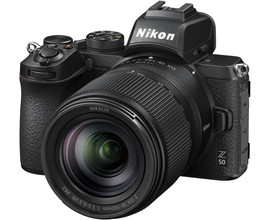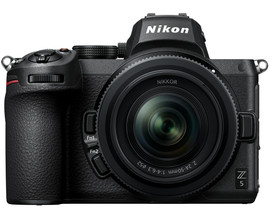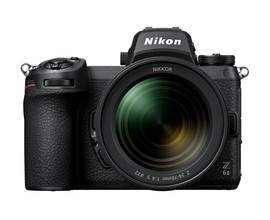
Compare the Nikon Z50 to the Z5 and the Z6 II
Nikon Z50
- Thanks to the APS-C sensor, you can take sharp photos in daylight and at dusk.
- With the advanced autofocus system, you can focus on your subject quickly and accurately.
- The eye detection of the autofocus makes the camera suitable for portrait photographers.
- The camera body doesn't have image stabilization, but the lens does.
- The camera body isn't dustproof or splash proof.
Nikon Z5
- With the 24.3-megapixel full-frame sensor, you can take detailed photos, even in dark locations.
- The fast autofocus system ensures sharp photos and smooth video footage.
- You can easily photograph landscapes, buildings, people, and animals with the versatile lens.
- The camera doesn't have an internal flash to add more light to your photos in dark locations.
Nikon Z6II
- You can record in 4K at 60 fps or in Full HD at 120 fps, which provides sharp and smooth images.
- The camera has 273 autofocus points, so you can focus accurately.
- You can capture detailed photos with the 24.5 megapixel full-frame sensor, even in low-light situations.
- The screen isn't 180 degrees tiltable for when you take selfies or record a vlog.
Compare the Nikon Z50, Nikon Z5, and the Nikon Z6 II
| Nikon Z50 | Nikon Z5 | Nikon Z6II | |
|---|---|---|---|
| Image sensor | APS-C | Full-frame | Full-frame BSI |
| Megapixels | 20.9 megapixels | 24.3 megapixels | 24.5 megapixels |
| 4K video | 4K 30 fps | 4K 30 fps | 4K 60 fps |
| Tiltable screen | Yes, 180 degrees vertically | Yes, vertical | Yes, vertical |
| Memory cards slots | 1 slot for SD card | 2 slots for SD cards | 1 CF Express/XQD + 1 SD card |
Image quality and image sensor
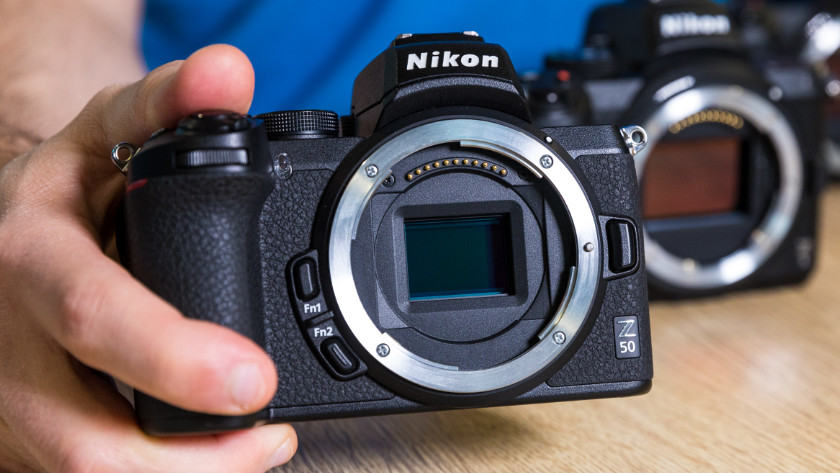
Nikon Z50: APS-C sensor with 20.9 megapixels
The APS-C sensor in the Nikon Z50 is smaller than a full-frame sensor. But thanks to the 20.9 megapixels, you can take detailed photos. With a maximum ISO value of 51,200, you can create sharp images, even at dusk. The Nikon Z50 doesn't have built-in image stabilization, you'll need a lens with stabilization for this.
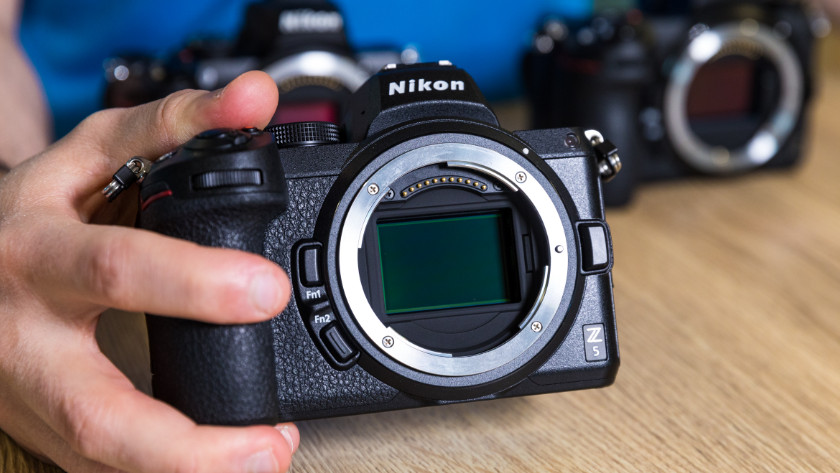
Nikon Z5: full-frame sensor with 24.3 megapixels
The 24.3-megapixel full-frame sensor in the Nikon Z5 is one size bigger than an APS-C sensor. As a result, the sensor captures more light and you can take brighter and sharper photos in dark situations. With the maximum ISO value of 51,200, you can create sharper images with less blur than with an APS-C sensor. The Nikon Z5 has built-in image stabilization that you can use with every lens.
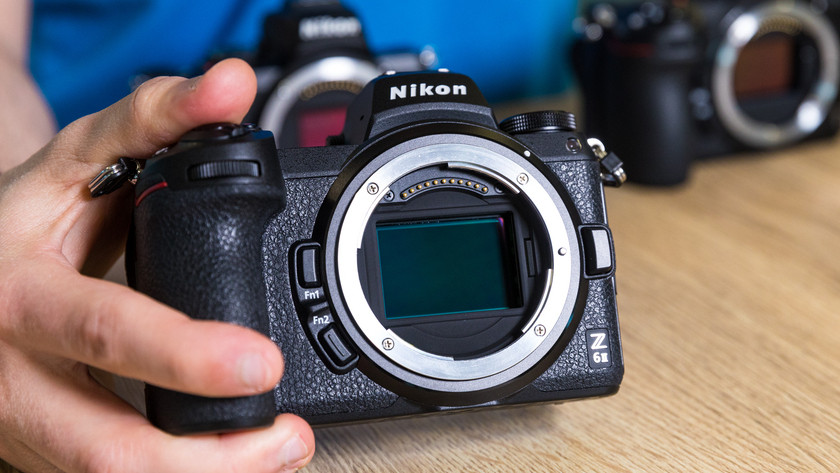
Nikon Z6 II: BSI full-frame sensor with 24.5 megapixels
The 24.5-megapixel full-frame sensor in the Nikon Z6 II is one size bigger than an APS-C sensor. This specific sensor in the Z6 II is 'backside illuminated'. This means that the sensor captures even more light than the sensor in the Z5. Your photos in dark situations are even lighter with less blur. With the maximum ISO value of 51,2000, you can create sharper images with less blur than with an APS-C sensor. The Nikon Z6 II has built-in image stabilization that you can use with every lens.
Sharp Full HD and 4K video
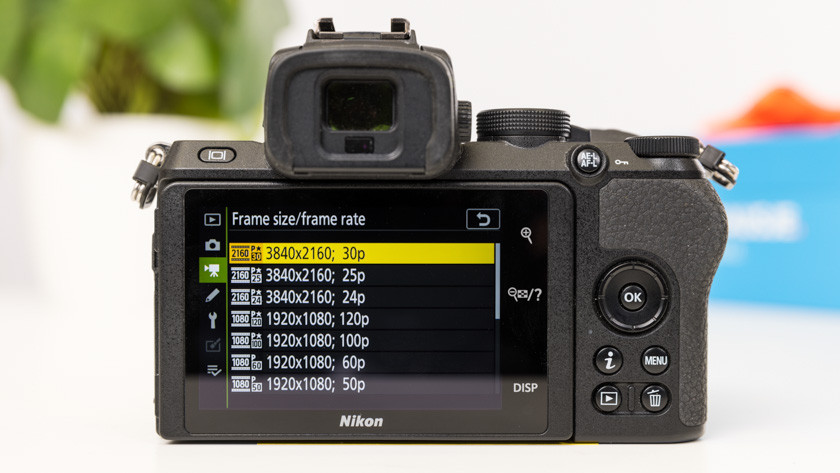
Nikon Z50: sharp 4K video and Full HD slow motion footage
With the Nikon Z50, you can record in Full HD up to 120 fps for slow motion images or in 4K resolution at 30 fps. Even in low light, the 4K videos provide a detailed and colorful image. When you record in 4K, the camera uses the entire sensor. This means that you don't have to multiply the focal length of the lens. So you don't have to step backwards when you start recording.
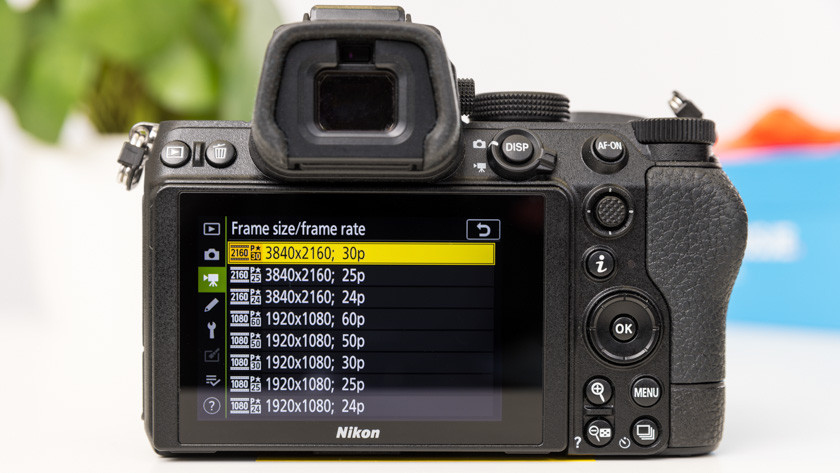
Nikon Z5: sharp 4K video with a side note
With the Nikon Z5, you can record in Full HD at 60 fps or 4K resolution with 30 fps. Even in low light, the 4K videos provide a detailed and colorful image. When you record in 4K, the camera crops in on the sensor. That's why you have to multiply the focal length of the lens by 1.7. So it's harder to capture a wide landscape, but easier to zoom in on a subject from a distance.
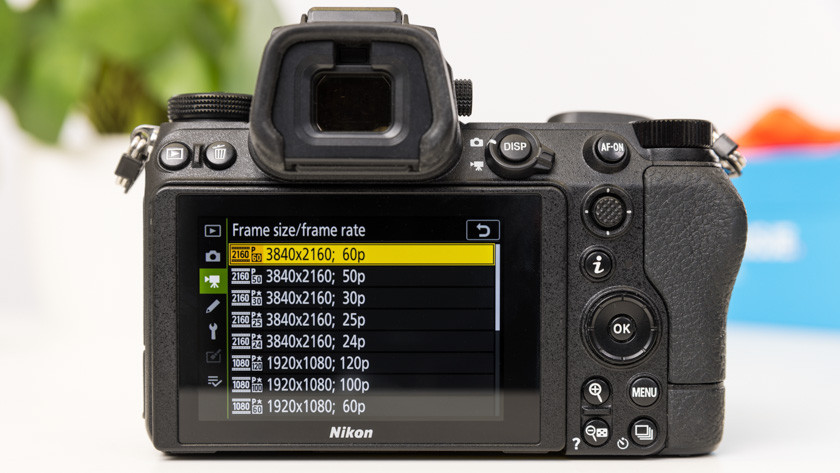
Nikon Z6 II: full-frame 4K video
With the Nikon Z6 II, you can record in Full HD up to 120 fps for slow motion images or in 4K resolution at 60 fps. Thanks to this, you can also record fast-moving images like athletes or cars racing. The 4K videos are detailed and colorful. When you record in 4K, the camera uses the entire sensor. This means that you don't have to multiply the focal length of the lens. So repositioning when you started recording is a thing of the past.
Tiltable touchscreen

Nikon Z50: selfie screen
The Nikon Z50 has a large collapsible screen that you can turn down 180 degrees. This is useful for selfies, for example. The camera automatically adjusts to the selfie mode. You can easily adjust settings via the touchscreen this way. You can also photograph low at the ground or above your head, because you can also tilt the screen 90 degrees.
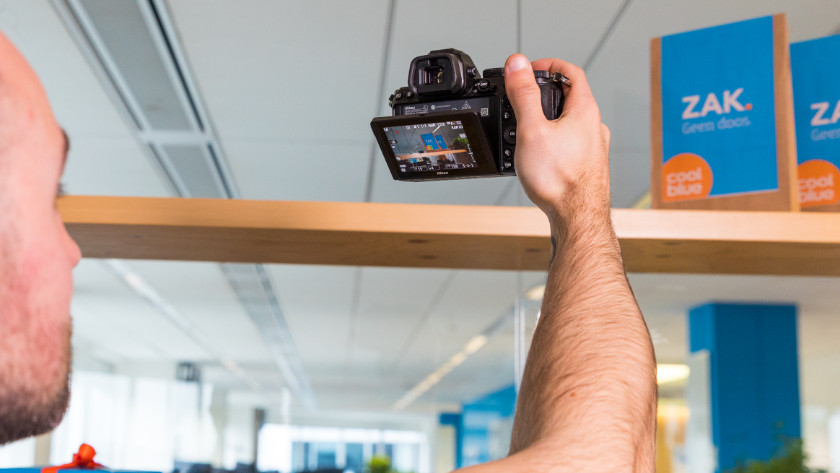
Nikon Z5: 90 degrees tiltable screen
The Nikon Z5 has a large tiltable screen, which you can tilt 90 degrees up or down. This is useful when you want to take pictures or record low at the ground or above your head. Both the autofocus point and the settings are easily adjustable via the touchscreen.
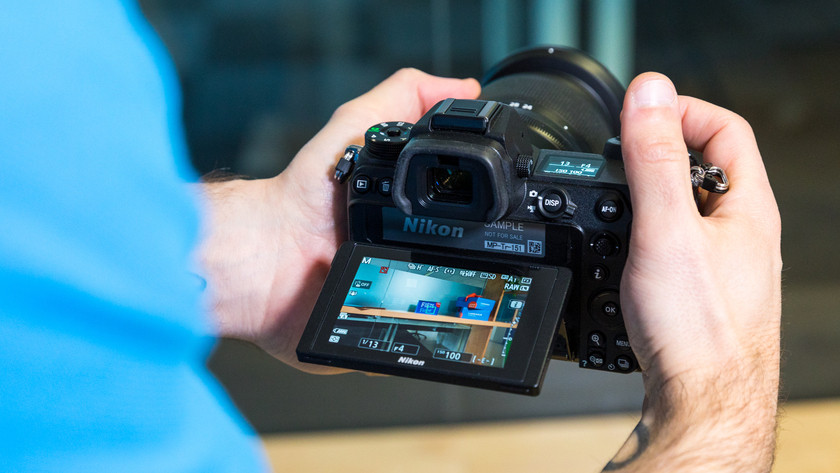
Nikon Z6 II: 90 degrees tiltable screen
The Nikon Z6 II has the same tiltable screen as the Z5. The Z6 II has a higher resolution than the Z5 and the Z50. Thanks to this, the images are even sharper and you can control the critical focus of the photos you took. You can tilt the screen 90 degrees upwards or downwards. This is useful when you want to take pictures or record low at the ground or above your head. You can easily adjust the settings via the touchscreen.
Memory cards slots
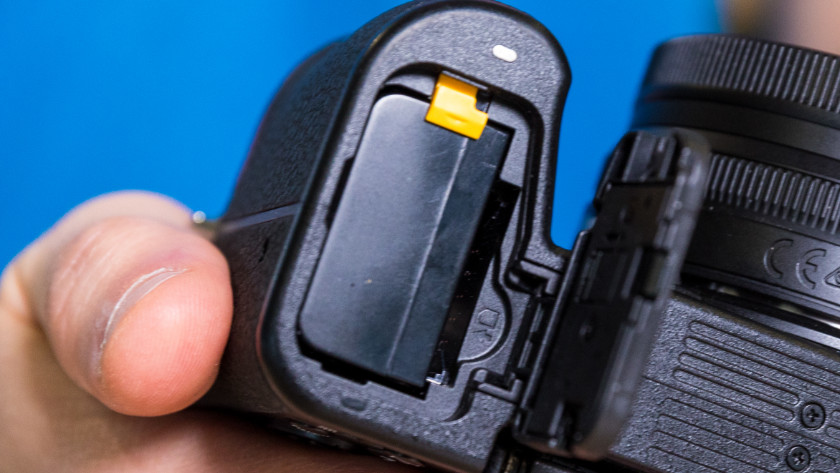
Nikon Z50: 1 SD UHS I
In the Z50, you can insert 1 SD UHS I memory card. This slot is next to the battery in the battery compartment. The UHS I memory slot has good read and write speeds. The camera can process your high sequence photos. For example, activity moments of athletes or cars racing.
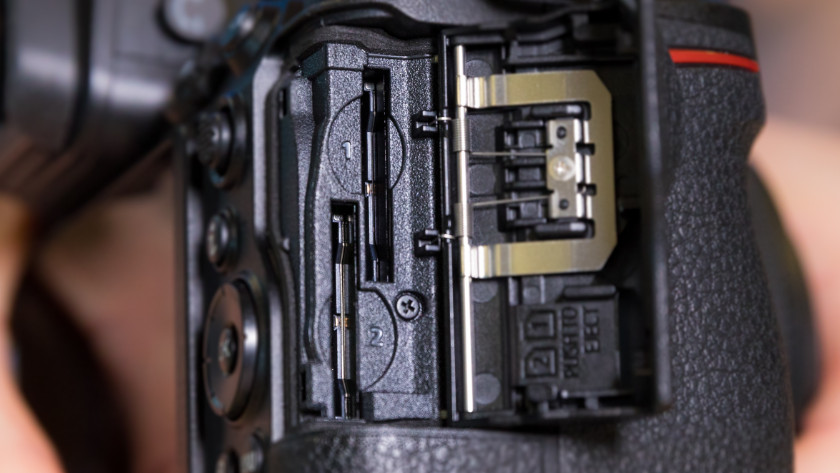
Nikon Z5: 2 SD UHS II
In the Z5, you can insert 2 SD UHS II memory cards. With these 2 memory cards, you'll have a backup or you can separate your photos and videos. This is useful if you photograph a wedding or event and can't lose any images. The UHS II memory card has fast read and write speeds, so the camera won't need to buffer soon when it has to process your high sequence photos.
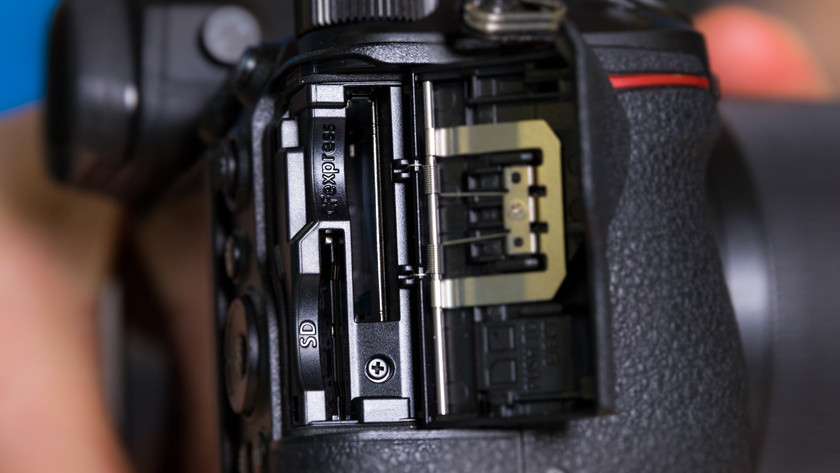
Nikon Z6 II: XQD and SD UHS II
In the Z6 II, you can insert an XQD and an SD UHS II memory card. The XQD card has particularly fast read and write speeds, so the camera can process your high sequence photos even faster. Thanks to the 2 memory card slots, you'll always have a backup or you can keep your photos and videos separately. This is useful if you photograph a wedding or event and can't lose any images.
Conclusion
The Nikon Z6 II stands out in terms of video quality and image quality, and is meant for professional use. With the Nikon Z5, you'll have an entry-level full-frame camera with a professional image quality and properties. The Nikon Z50 uses the same Z lenses, but its image sensor is one size smaller than the full-frame sensors of its bigger brothers. The advantage of this is the compact design that allows you to easily take it anywhere.



